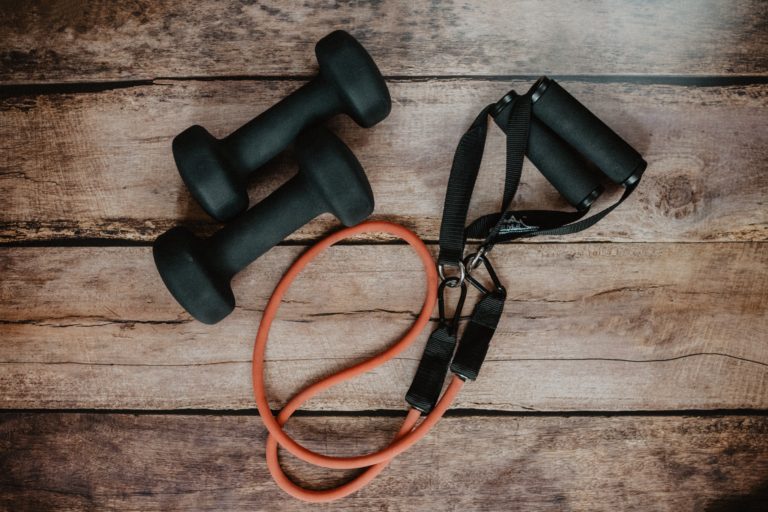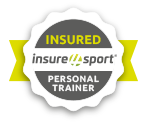Master the Basics - DOMS

Delayed Onset Muscle Soreness – if you have ever exercised, you know what this is.
Delayed Onset Muscle Soreness happens when you train and your muscles get damaged leading to 24 up to 72 hours after training you start to feel sore. Interestingly we (science) don’t fully understand why there is a delay in the onset of soreness. Muscles get damaged as you exercise, it makes sense that the delay in soreness is aligned to something within the repair process.
So we damage tissue, it repairs, we get stronger so all good, right? Not so fast. There are two types of tissue repair.
- The first is tissue remodelling – this is where you create so much damage you have to remodel the entire muscle fibre.
- The second is tissue repair and strengthening – this is where there has been some localised damage, but the fibre itself is still functional, so the repair is to increase the capacity of the tissue to tolerate force.
Remodelling isn’t an efficient way to recover. In this situation, you are causing far too much structural damage. Some soreness is okay, but if you’re constantly getting very sore, you are doing something wrong. Also, if your mark of a good workout is soreness, this mindset is 100% incorrect.
Types of training can cause damage:
- Novel and new exercises – if you have not done an exercise before or for a while, these exercises will potentially cause a lot of damage.
- Eccentric training – this is the lowering phase of an exercise. If you do a slow lowering motion and hold a muscle (loaded) in a stretched position, this can create tissue damage.
- High volumes of contractions – any exercise done at a very high amount of total reps can cause damage.
Tissue damage and soreness are part of training but creating a lot of soreness or actively chasing styles of training that get you sore are ineffective ways to train. The idea is to gradually place more stimulus on the muscle and allow it to repair slowly, not to bombard it. Try not to change your exercises too often. Load them correctly and progress the load over time.
Top Tip – If you are very sore from training, your best bet is to go for a walk or swim to increase blood flow. Stretching is not going to alter tissue damage. Only time and nutrients will.
Stay tuned next week for another instalment of Master the Basics and don’t forget to follow me on Instagram where I share exercise techniques, and show you how to maximise your training. I hope you enjoyed this blog post, if you have any questions I host a weekly Sunday Q&A session on my Instagram channel. Otherwise, please feel free to email me at andy@andyvincentpt.com.
If you want to get in touch and see how I can help your fitness and become your Online Personal Trainer, click here.


